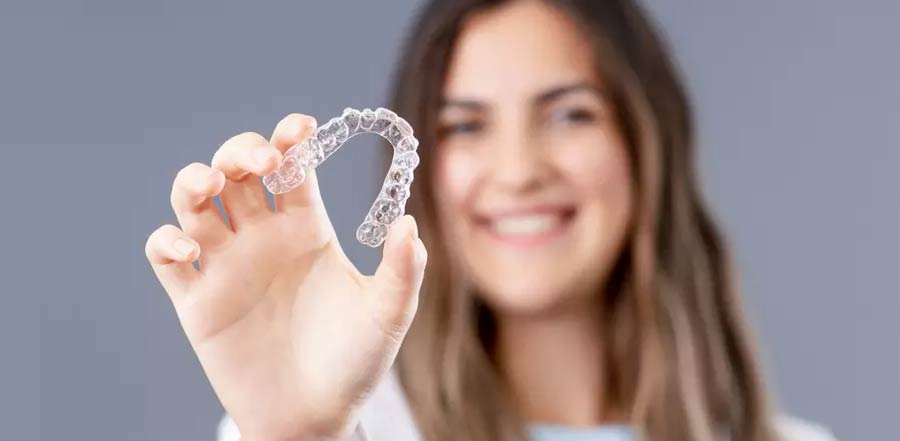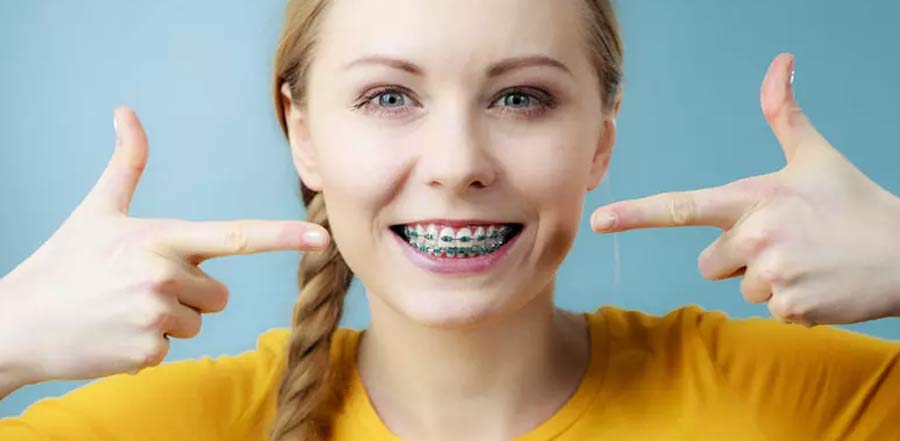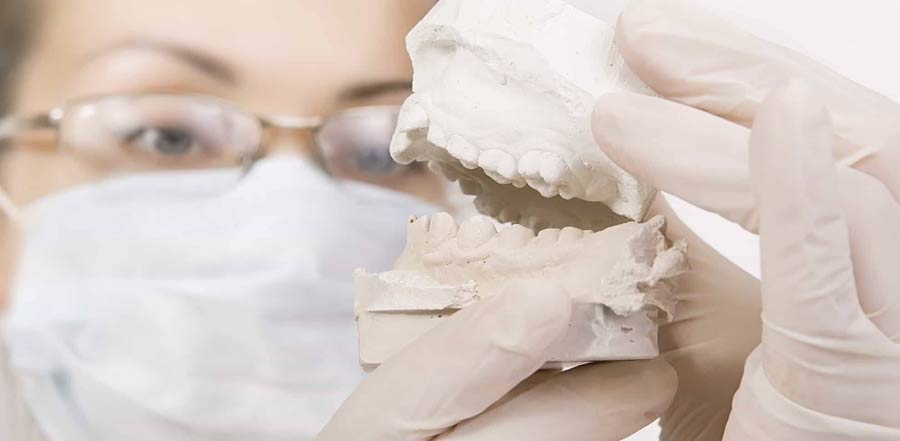Orthodontics Specialist in or near Cutler Bay
If you are searching for an orthodontist in the Cutler Bay area you’ll faced with quite a few options. With that said why do so many people in Cutler Bay choose Lakes Orthodontics as their preferred orthodontist? In this day and age it seems that everybody is offering orthodontic services. In fact that there are a great number of dentists offering orthodontic services even when they are not qualified to provide this type of service. It goes beyond that you can now even order braces via mail from SmilesDirect! However, families who know better still prefer the service only a certified orthodontist can provide. When you are ready braces we ask you to contact us for a free no obligation appointment where we will show you what is the difference between mail order orthodontic appliances versus that of Orthodontics Specialist Cutler Bay, Florida .
Even though the ADA says that general dentists are qualified to prescribe braces the huge gap in education and qualification tells us otherwise. Orthodontic Braces are placed around your teeth to correct its alignment. If not performed correctly, you may undergo a lot of health problems arising from the fact that you cannot grind or process your food correctly.
When getting braces, it’s highly recommended that you consult with an orthodontist rather than a regular dentist. Orthodontists have huge knowledge about the correct alignment of teeth. A general dentist’s experience, on the other hand, isn’t within such area.
When it comes to education, an orthodontist possesses two to three added years’ worth of specialization than a general dentist. This indicates that they are able to do better than general dentists can do, and it includes installing retainers, braces, Invisalign, and other corrective devices under your dentures.
Refer to an orthodontist if you do not want to experience the painful consequences such as overbite and constant migraines. These are the usual problems of people who opted to consult with a general dentist instead of an orthodontist for braces. Free yourself from all these concerns and refer only with orthodontists who are specially trained for the job.
Keep in mind that issues with your teeth influence your entire health. If your teeth are causing you pain then the rest of the body will not able to function at its best.
Orthodontist for Kids in Cutler Bay, FL
Dr. Carmen Briceño Crespi is your local board-certified orthodontist serving the Cutler Bay area. If you have decided that going to an orthodontist is preferable than consulting with a general dentist, then the next step is to look for the orthodontist who is perfect for you. There are two kinds of orthodontists: regular orthodontists and board-certified orthodontists. If you must choose between these two, always opt for the board certified experts.
Aside from the knowledge and specialization that regular orthodontists go through, the board certified experts offer improved and comprehensive dental care. This is because they are required to renew their certification every ten years in order to keep the certification.
To become a board-certified orthodontist, one should be a member of the American Board of Orthodontics. One has to follow the accreditation guidelines of the group and abide by their every rule to keep their membership. Renewing one’s certificate is also necessary, which may also mean they need to go through continual education.
There‘re different advantages to talking to a board-certified orthodontist and they have mean assurance of getting optimum dental care. They can provide you with adequate dental care, as well as align your dentures to give you that perfect smile. These experts will ensure that you will gain your confidence back.
Post Related to Orthodontist in Cutler Bay, FL
Does Invisalign Really Work?
This is a question that I get all the time from patients, and it is a very valid question as, after all, you are going to [...]
The Truth Behind Lingual Braces
With all of the technological advances in orthodontics, patients have more treatment options today than ever. Nowadays, if you want to straighten your teeth, you can [...]
How Do Braces Get Placed On My Teeth?
Do braces hurt to put on my teeth? This topic may seem a bit elementary to many at first glance, but I get these questions all [...]





